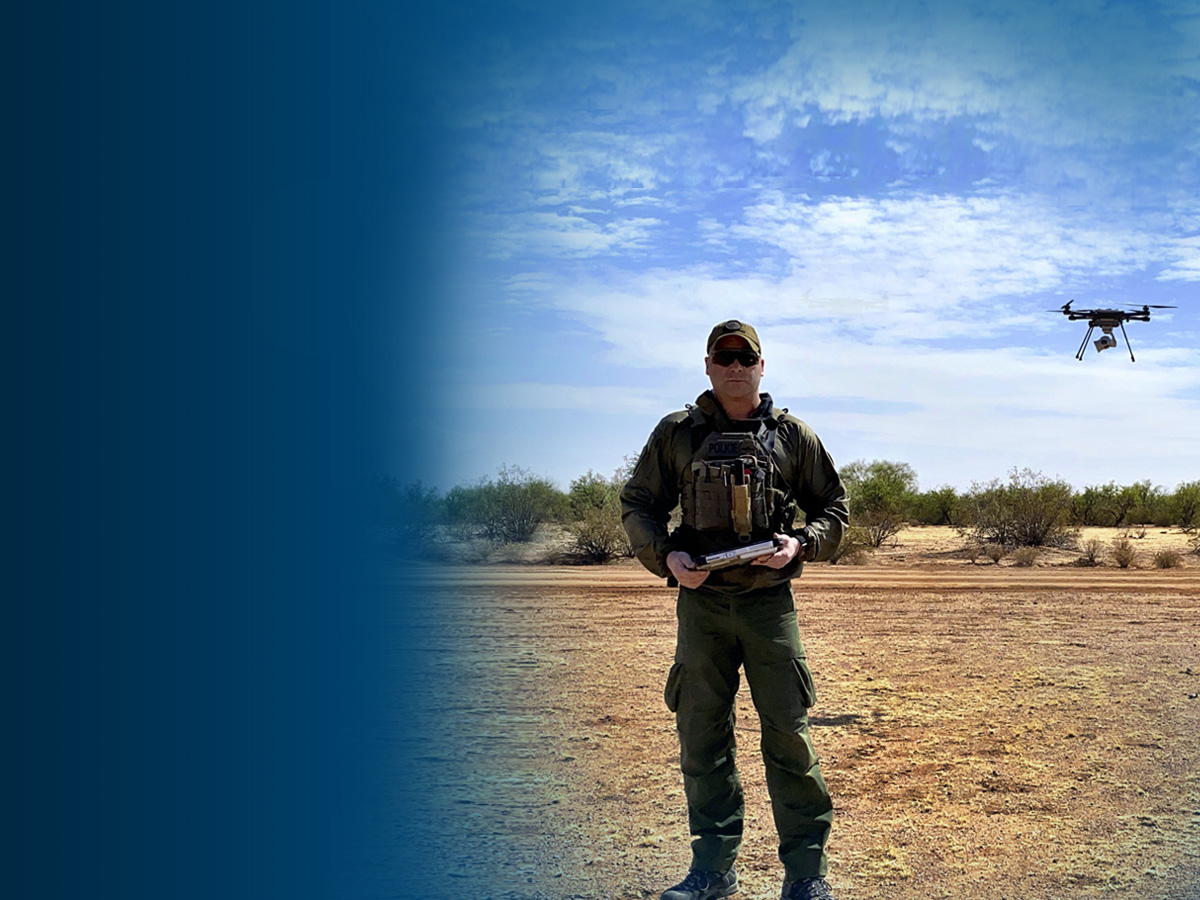
Wise Guys
Border Patrol Agent Zach Pruett operates a small, unmanned aerial system – better known as a drone. The drones give agents an edge when tracking drug traffickers and migrants who crossed the border illegally. A U.S. Customs and Border Program called Cost-Wise Readiness helps make sure more of the drones are in operators’ hands. Photo by Border Patrol Agent Eric Edney. Graphic by Janice Swan-Jones
For Border Patrol Agent Zach Pruett, having “eyes in the sky” can make all the difference in the world. Small, unmanned aerial systems – better known as drones (read this previous Frontline feature on these systems) – help track drug smugglers or migrants who have crossed the border illegally.
“It’s a game changer,” said Pruett, a 14-year veteran of the Border Patrol who works in the Tucson, Arizona, region of the U.S.-Mexico border. “The [drones] bring a capability to the field that we didn’t previously have.”
He said the drones help bridge any gaps in coverage that aren’t covered by fixed cameras and observation towers, along with the boots on the ground. But conditions in the field can be a bit rough on the technology and, like any tool, sometimes they’re down for maintenance or scheduled replacement. So when these tools to battle illegal immigration and incursions aren’t flying, he’s operating a bit blind.
“When we don’t have a platform out there, that’s a big hit to the guys doing the operations,” Pruett said.
Keeping those drones in the air is vital for U.S. Customs and Border Protection, especially for the people who must track a number of incursions along America’s borders. In the past, the expanded use of drones and some maintenance issues kept too many from flying, leaving many agents and officers without the tools needed to do the job. Unfortunately, it wasn’t limited to the drones; several other systems operated by other components within the 60,000 employee agency charged with safeguarding the border ran into logistical issues, which meant a possible drop in the nation’s overall security posture.
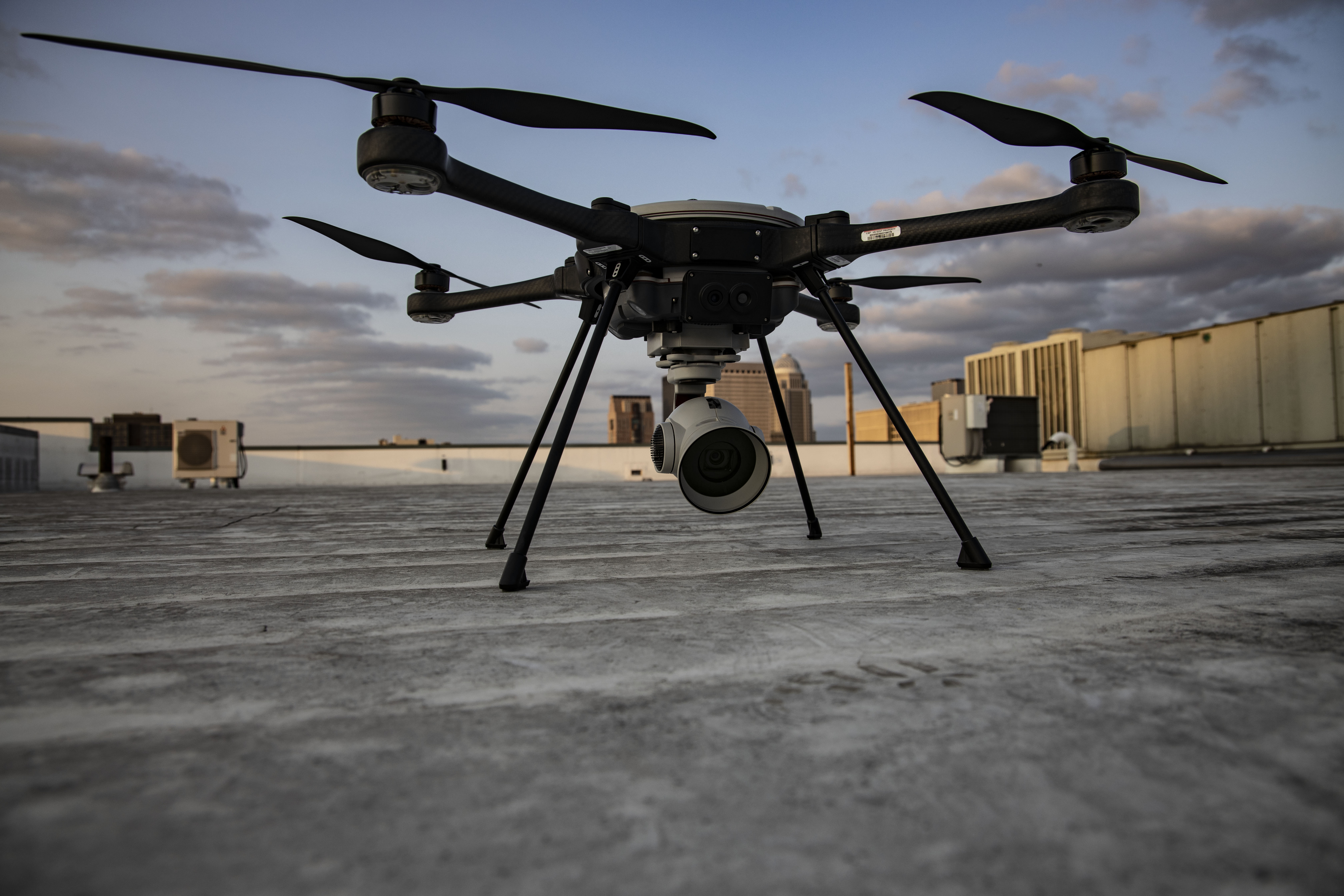
CBP introduced Cost-Wise Readiness, a new approach to acquire and maintain equipment and technologies by focusing on how well they are performing while also protecting taxpayer dollars. This streamlined approach improved the quality of equipment and, in many cases, reduced taxpayer dollars being spent. This adds up to a better way to secure the border.
Mark Borkowski, CBP’s senior acquisition executive, said 60% to 80% of the costs CBP incurs on a piece of equipment are after it’s purchased and sent to the field, including what it costs to maintain that equipment. The agency didn’t do a good job in the past accounting for those costs when making decisions on buying needs.
“What happens over time is you have enough money where 90% of your stuff is working. And then the next year, that amount of money only gets you 85% of the stuff working. And then the next year, only 75% of the stuff is working,” Borkowski said. “And the next thing you know, you’re spending all kinds of money and have no mission effectiveness because your systems are breaking down.”
Gaining the Logistics Maturity and Saving a Billion Dollars
Borkowski added CBP lacked maturity in the logistics to acquire and maintain the various technologies it uses to protect the border.
“Of all the money we had to buy stuff, almost all of it had to go to operating, maintaining and repairing stuff we had, so we had very little left to buy new stuff,” Borkowski said. “This was a real problem for CBP,” adding the basic issue was a lack of an organized response for these problems.
Cost-Wise Readiness changed that. It brought focus to those decisions to make sure the lifetime of the equipment costs are considered, and processes getting the tools needed are made easier.
“It’s an analytical way of saying all of the things we would like to do, but not do them with just guesses as to what is the right way,” Borkowski said, crediting people such as Rick Cornelio, his director of logistics and sustainment, for bringing the idea of Cost-Wise Readiness to his attention in the first place.
“It’s a readiness effort to try to get more reliable systems in the field to enhance the mission outcomes,” Cornelio said. “This is something we’ve been working on for the past four years.”
The effort is pretty widespread with nearly 50 systems throughout CBP already seeing Cost-Wise Readiness analysis and savings applied. According to Borkowski, not only is the program making CBP’s acquisitions more efficient, it’s adding up to some significant savings for an agency that always seems to be looking for funds to get the job done. He cut right to the chase on how valuable it is to an agency such as CBP that is always looking to get the best bang for the taxpayers’ bucks: hundreds of millions of tax dollars already saved with possibly a billion dollars in savings for CBP over the next five years.
“That sounds like an exaggeration, but when you actually look at the results, it’s a very realistic target,” Borkowski said, adding they didn’t start by trying to save the billion dollars in one shot. And the more success in the small things, the more others got on board with the idea. “It wasn’t just about testing and we actually saved money and increased readiness; it was also about testing how our own internal processes, such as budgeting and resource allocation, and how Cost-Wise Readiness would feed into that. So it was a smart strategy to ease people into it, because people resist change, and you have to convince them it’s worthwhile.”
Seeking Operators’ Input
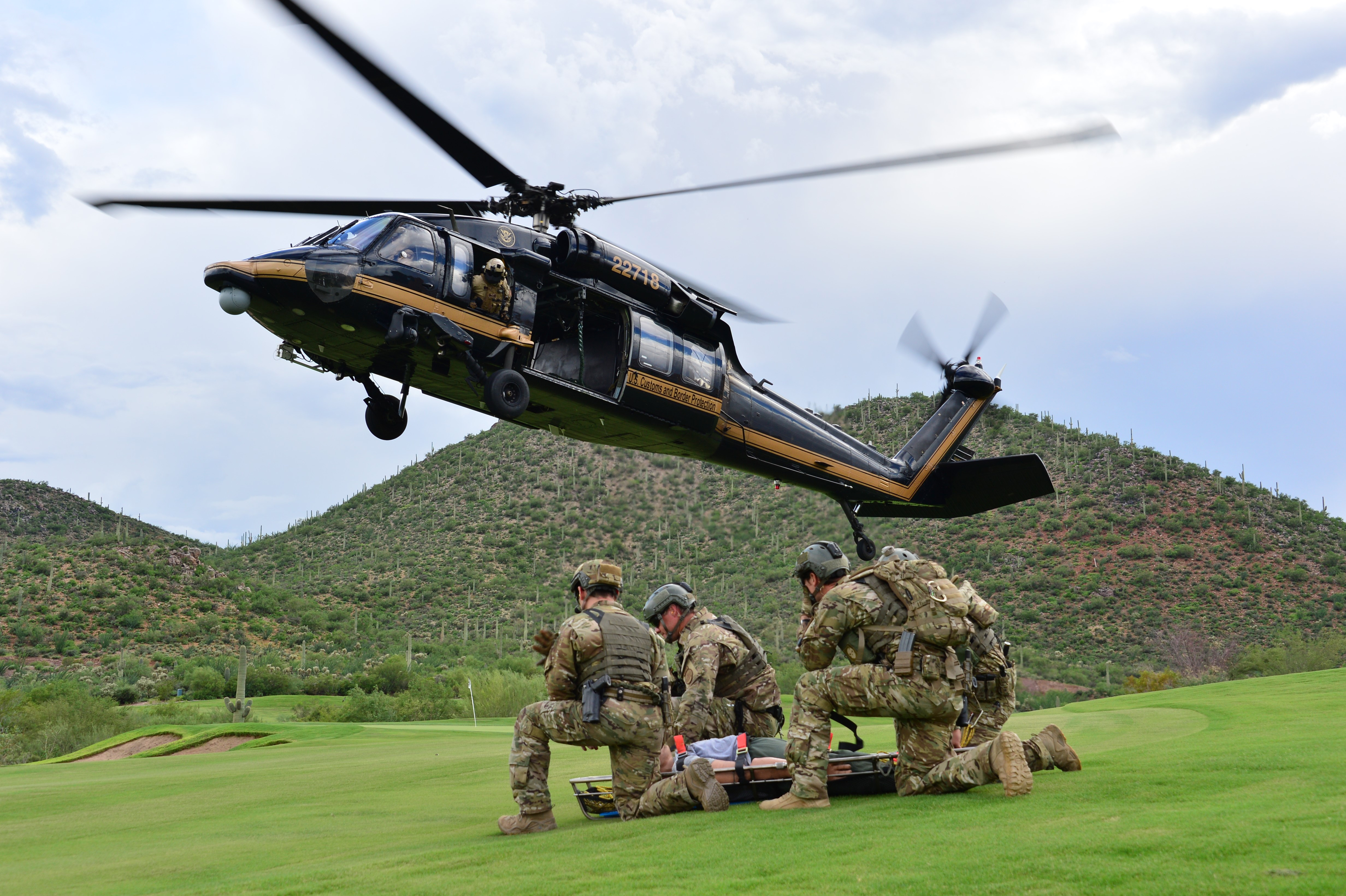
A key aspect of Cost-Wise Readiness has been the involvement of operators in the field – the people who needed to use the equipment day-to-day.
“The operators are critical here,” Borkowski said. “It’s got to be their fundamental decision, and they’ve got to have some say over how those resources are used and re-used.”
Making sure operators in the field were in the loop was key to the success of the Border Patrol’s small drone program and typical of how efforts throughout CBP are going.
“Nobody knows better what the issues are with our systems than the people who use them every day,” said Jim Bade, the small unmanned aerial systems acquisition manager back at Border Patrol headquarters in Washington, D.C. “They know the systems better even the manufacturer does. The pilots really understand the issues with these. Cost-Wise Readiness helped us determine the right questions to ask the agents. Now that we started at looking at specific degraders, the questions that we ask the people in the field are more pointed, and they can give us more pointed and useful feedback.”
In fact, with that good operator input, the Border Patrol’s small drones fleet went from just more than half of the aerial platforms usable to about 90% of them able to get into the air and do the job they were purchased to do. Bade credited Cost-Wise Readiness for at least part of that improvement.
“It’s been a very successful program,” he said. “Going forward, we’re going to continue to use Cost-Wise Readiness to track issues and degraders [of operability].”
Operator inputs that make Cost-Wise Readiness successful have been repeated across CBP components operating on the land, in the air and on the water.
Keeping Black Hawks in the Air
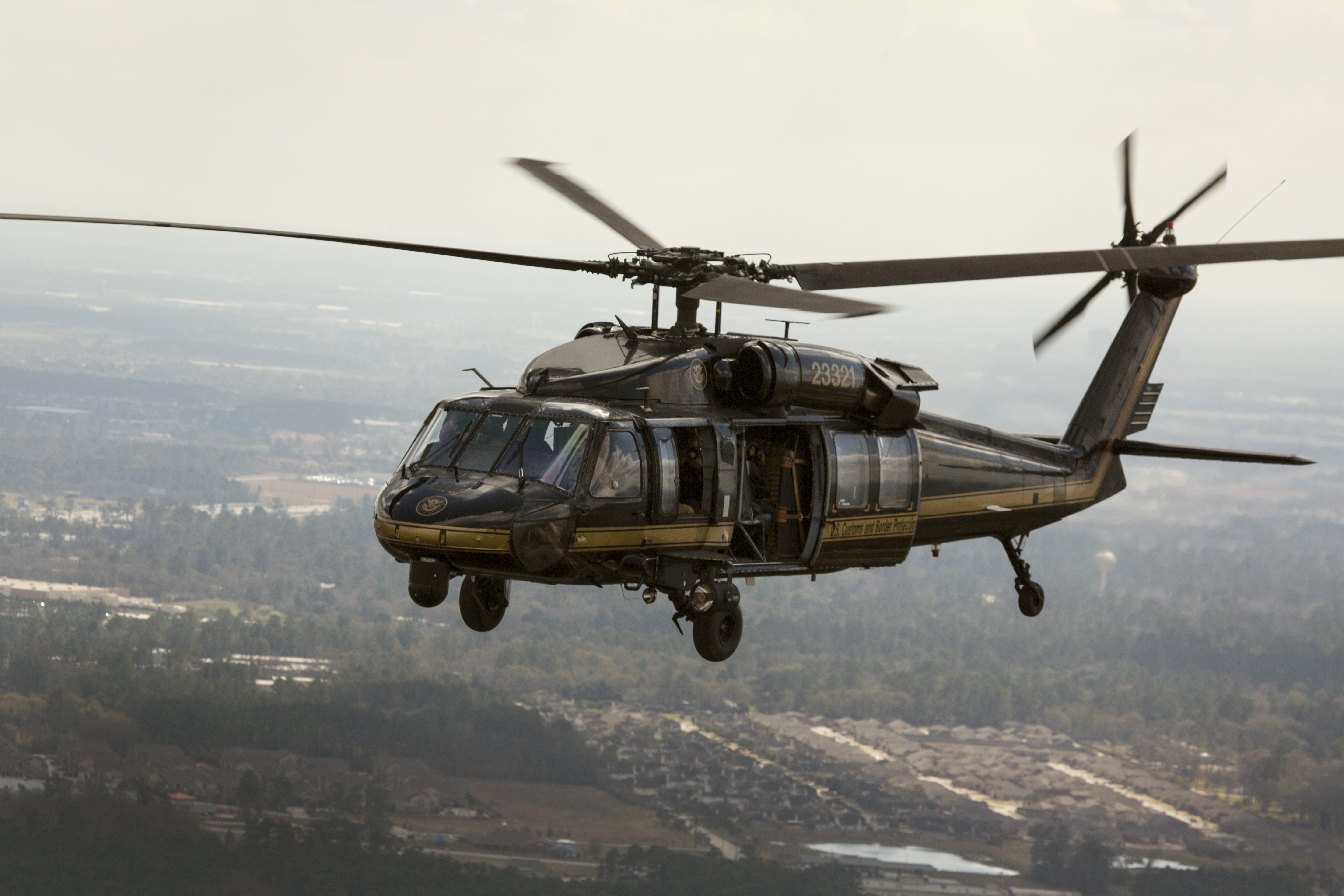
Another example is how CBP’s Air and Marine Operations used the program to get a better handle on its procurement of Black Hawk helicopters, a mainstay of the component. The current fleet of the medium lift helicopters stands at 25 with plans to expand the fleet to 35 in the next few years.
The sticking point came in the down time these helicopters – procured through military surplus – were experiencing. Before Cost-Wise Readiness, the helicopters were offline for more than 200 days for regularly scheduled maintenance. But the helicopters needed to be offline no more than 110 days to maintain the required level of operations. Issues were identified using Cost-Wise Readiness analysis and Air and Marine Operations reduced downtime back to 90-100 days while increasing throughput, resulting in additional operational capacity and significant cost avoidance. This meant operators in the field had the much-needed aircraft back in their hands sooner while taxpayers saved money.
“The amount of time the airframe has been down has been lessened,” said Air Interdiction Agent Gavin Grisham, who flies the Black Hawks in the Tucson, Arizona, area and is on the acquisition team for the helicopters. Knowing the aircraft will be ready and mission capable when the call comes and he has to fly sets his mind at ease. “It’s a huge difference. This program they have developed has not only made things better from the standpoint of flying newer, modernized equipment, but it also actually gives us additional capability that we didn’t have before.”
Cost-Wise Readiness is also helping Air and Marine Operations buy more of the Black Hawks they need in the first place. One of the things to understand about those helicopters is that there are many different Black Hawk models available. Clark Lanzendorf, director of Air and Marine’s division of tactical aircraft and vessel acquisitions, explained Cost-Wise Readiness helped them recognize that having multiple types of the medium-lift Helicopters was actually a drag on resources, and having fewer models helped them obtain and operate the crucial aircraft that best fit CBP’s needs.
“If you can standardize your fleet, you will realize some significant cost savings,” he said, pointing to several of the reasons. “Fewer types of spares, quantity discounts on parts, streamlining of training and certifications. We want to minimize the number of platforms we operate. Cost-Wise Readiness has helped us quantify the value of operating that more standardized fleet.”
Lanzendorf said using the program, they now have real data showing how much money – in the form of parts, logistics, and training for the operators – they can save by minimizing the number of aircraft models they have.
“If you have operators who don’t have to worry about maintaining proficiencies in multiple platforms, they become better operating the platform they’re in,” he said. He added Cost-Wise Readiness helped them quantify how standardizing the fleet would translate in cost savings and better execution of their border security mission. “One of the benefits of the program was helping identify the data we needed to articulate that and provide us a mechanism to continually track that data, so we have better data available to better realize those savings.”
Lanzendorf said they are applying these ideas to all the platforms Air and Marine Operations uses in the field, whether in the air or on the water.
“As we go to fight for resources, as we all do, it helps us thinking about how we achieve more with fewer resources,” he said. “Cost-Wise Readiness has positioned us to make those arguments and do it in a consistent manner.”
Lanzendorf added operator input – a key component of Cost-Wise Readiness – will continue to be crucial to success. Grisham is appreciative of how that input was sought.
“This program has given us an aircraft that is definitely an improvement from the aircraft we were originally using,” he said.
Recognizing a Face
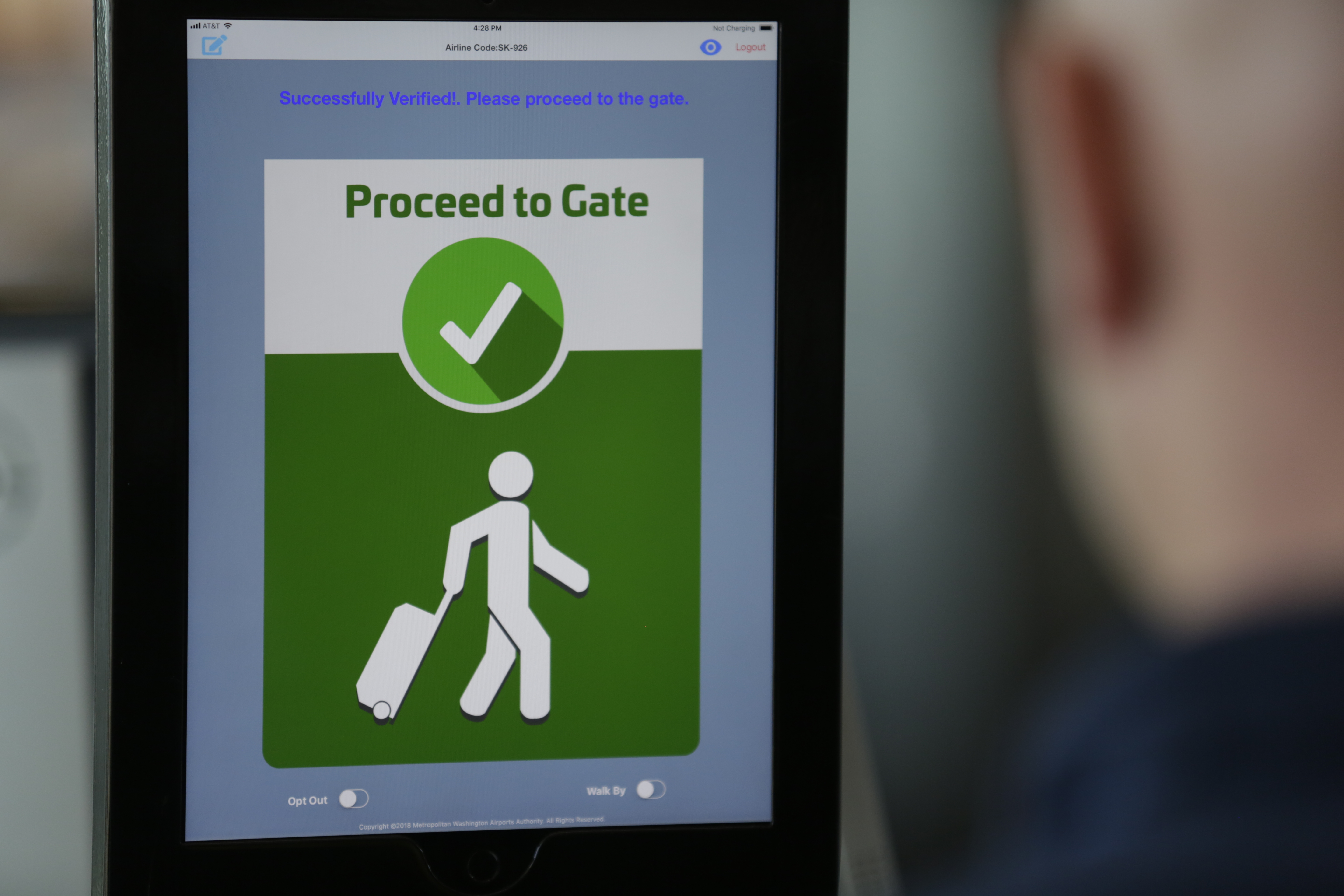
For the Office of Field Operations – the CBP officers in the blue uniforms at the ports of entry and passport control points at international airports – Cost-Wise Readiness principles helped put some crucial facial comparison technology in the officers’ hands.
The Biometric Entry-Exit program uses cameras to confirm the identity of travelers arriving and departing the U.S. at various air, land and seaports (see the Frontline feature article, "Biometric Breakthrough”). This service enables biometric identity verification by using the traveler’s facial image and comparing it to a pre-staged gallery of photos created from images in government holdings, which provides greater assurance of the identity of the traveler and assists CBP officers confirming identities.
While not directly using the Cost-Wise Readiness program to analyze costs in the beginning of the Biometric Entry-Exit program in 2015 and 2016, the same Cost-Wise Readiness ideas helped Biometric Entry-Exit. For example, the Congressional Budget Office estimated that it would cost $115 million per year to run it. But since the amount of money CBP got for the program was tied to the collection of work visa funds by U.S. Citizenship and Immigration Services, the amount CBP actually received for Biometric Entry-Exit was far below $115 million. In fact, in fiscal year 2021, the amount of money received by CBP was $28.3 million. A way to make up that approximately $90 million shortfall was urgently needed; Cost-Wise Readiness principles provided a solution.
“Using the Cost-Wise Readiness process, one of the first things we did was we looked at what we did early on in the program and found specific things we did for cost avoidance,” said Michael Gaige from the Biometric Entry-Exit program’s planning and program analysis office. For Biometric Exit, a public-private partnership was created to leverage existing partner airline, airport and cruise line touch points to create a seamless process and leverage potential efficiencies. It was also identified as a possible money saver, sharing the front-end hardware costs to procure, operate and maintain that camera photo-capture equipment with industry partners, such as airport operators.
For Biometric Entry, efficiencies were realized because the biometrics program freed up CBP officers to focus on what they were trained to do and not just process photos and paperwork.
“It’s about a reallocation of time,” said Larry Panetta, the director of Field Operations’ Biometric Entry-Exit office.
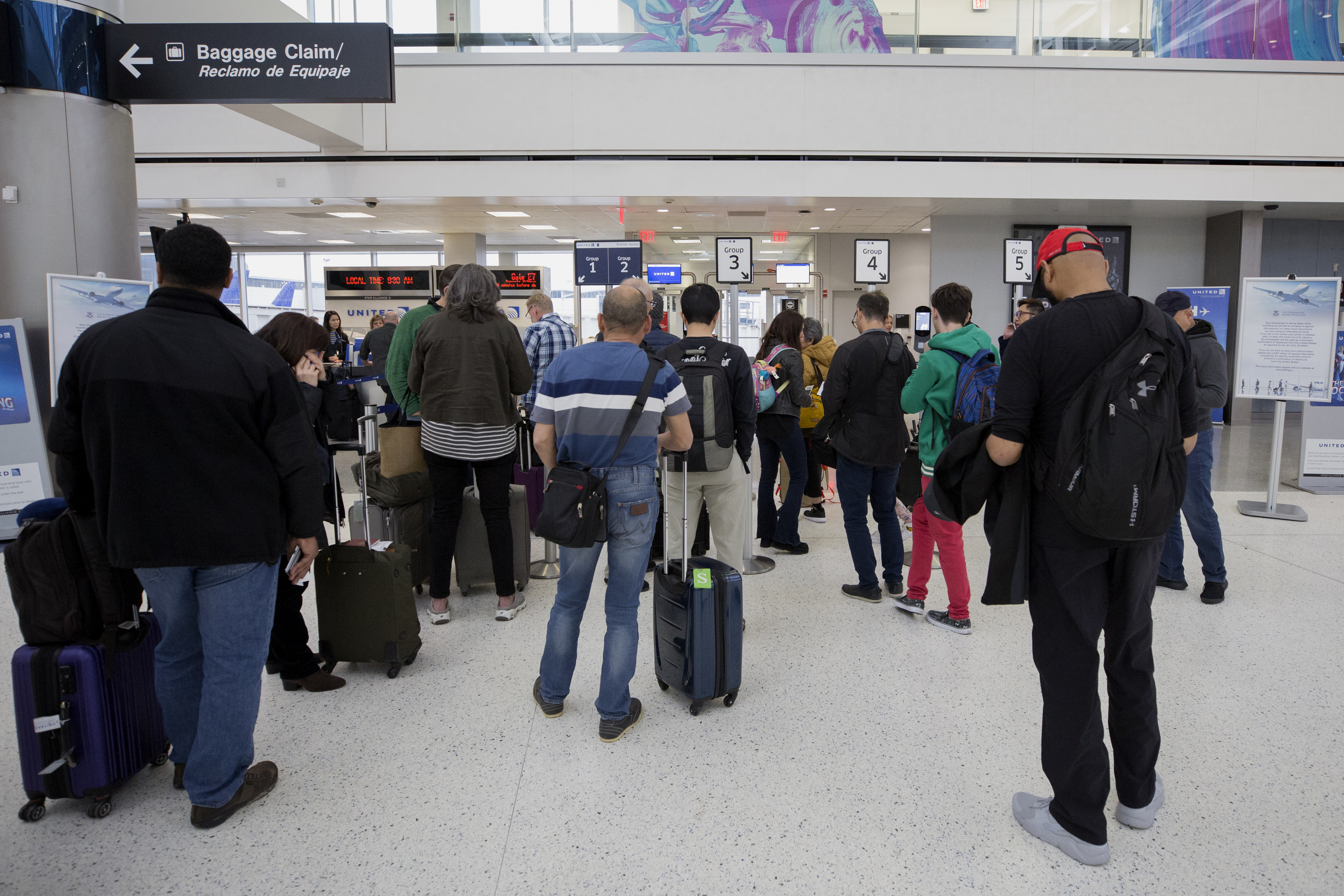
For example, the real time savings comes when foreign visitors don’t need traditional fingerprinting at the airport because that fingerprint was already captured during a previous encounter with U.S. government officials, such as when applying for a visa at a consulate or embassy overseas or when they previously entered the U.S. Additional time savings come from not needing to open a passport’s e-chip.
“What that allows officers to do is eliminate some administrative tasks and engage more with the traveler,” Panetta said.
In addition, Cost-Wise Readiness analysis is helping the future of the Biometric Entry-Exit program by identify software and systems already available, instead of spending money inventing something already out there. An example is using a cloud-based storage system that realizes even more savings and efficiencies for the biometrics program. This proved that Cost-Wise Readiness wasn’t just for tangible products; services could also be looked at, as well as looking at what is needed for the future.
“We’ve applied the Cost-Wise Readiness principles and projected forward what we will be able to do using what we learned,” Gaige said. “It’s the understanding [of] what we we’re able to do and the ability to manage that and project that out. That’s important to the program.”
Planning for Readiness
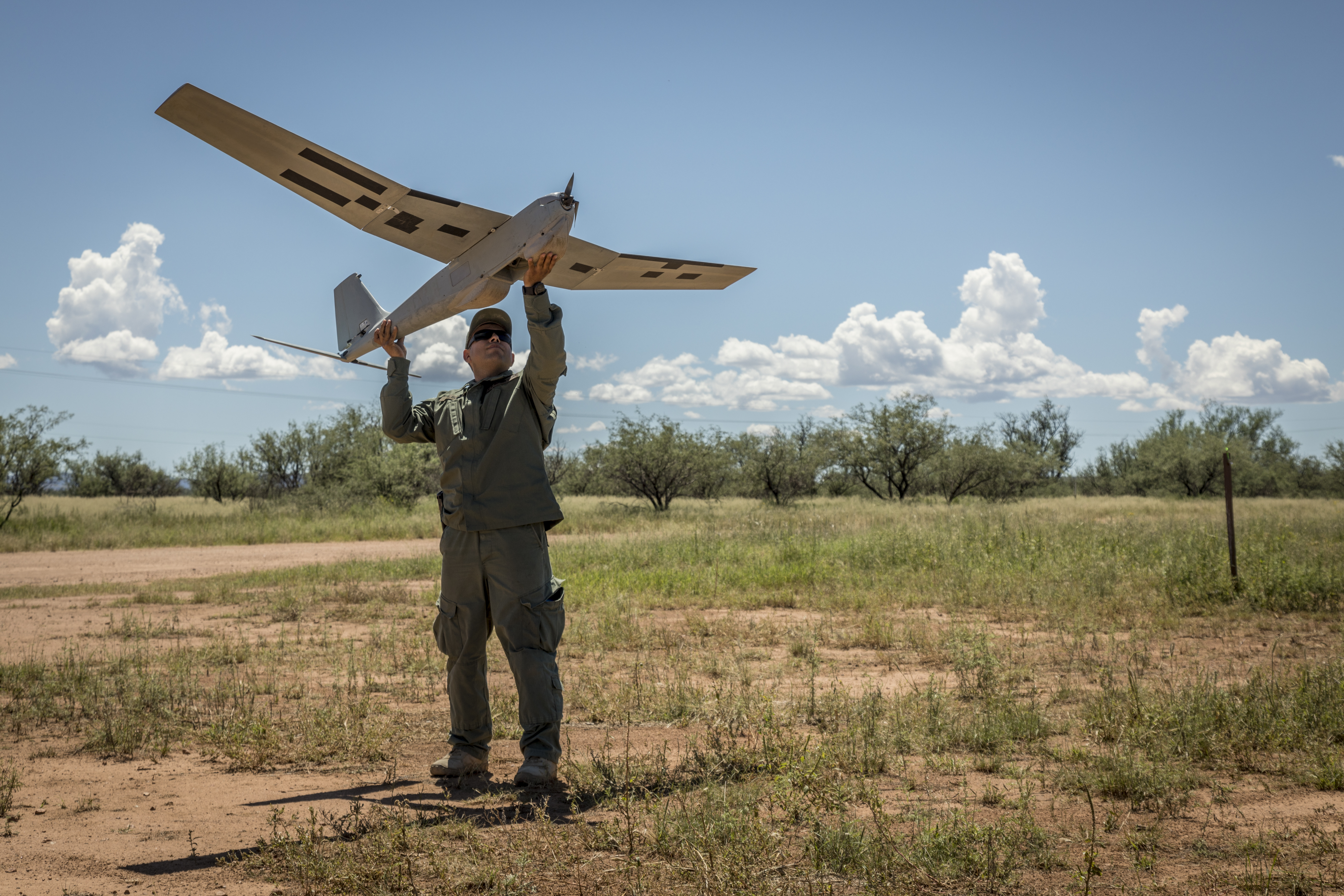
All of these examples – and others under Cost-Wise Readiness – demonstrate CBP’s ability to adapt and move forward in a changing world of border security, even when that change is at the level of analyzing the acquisition of the tools needed.
“Readiness is the thing that affects the mission, so that’s the first priority,” Borkowski said. “You don’t just let readiness happen; you plan for readiness. You can use modern tools of analysis,” such as Cost-Wise Readiness, “that help you look at what’s going on and identify targets of opportunity. And I don’t want readiness at any cost; I want readiness at the right cost, using rigor and analysis and statistics.”
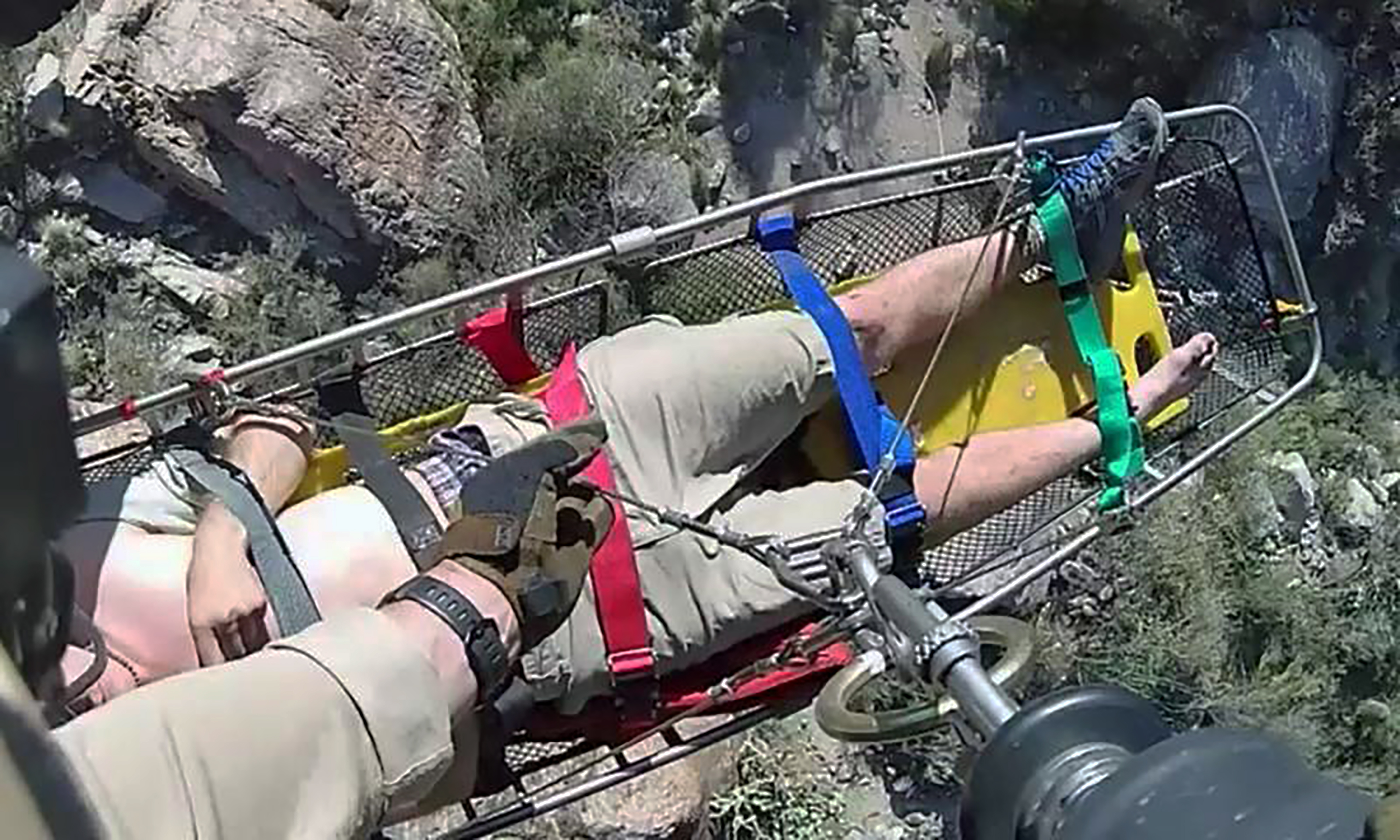
For Pruett, while he admitted he isn’t as intimately involved in Cost-Wise Readiness as those up the chain of command might be, he definitely sees a difference in operations when he can keep a drone in the air, possibly thanks to Cost-Wise Readiness. But he understands just how valuable increased readiness is for all Border Patrol agents, CBP officers and Air and Marine Operations agents charged with protecting the border every day.
“We’re just waiting for our next drone to come in or get ours fixed to get back out in the field,” he said. “We’re mission focused out here.”


